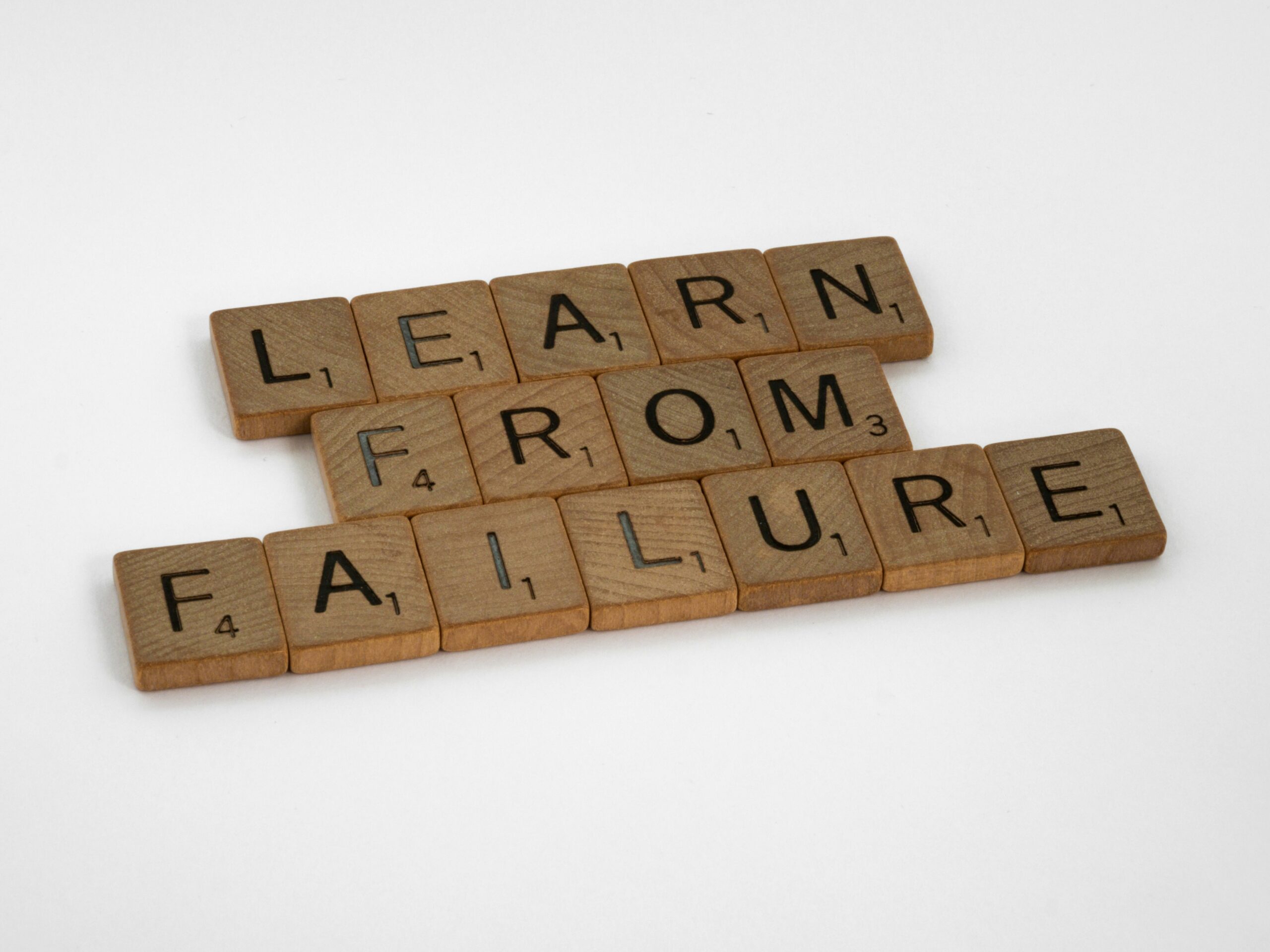Congratulations on landing your new Product Management role! Whether you’re a seasoned professional transitioning to a new company or stepping into the world of product management for the first time, the first 30 days in your new position can be both exhilarating and overwhelming. While you won’t be expected to ‘contribute’ much per se, you will be expected to use this time to learn as much as you can. Product Managers specifically have a wide breadth of responsibilities – their understanding needs to not only go deep, but also go wide enough to understand the different areas of any business.
So how can Product Managers make the most of their first month on the job? Below are the 5 most important things to tackle in your first 30 days to help you build a foundation for success in your new role:
1. Study the business
Companies want Product Managers who are business & commercially minded. They hire Product Managers with the expectation that they will drive business results, like revenue or user growth. In order to do this, Product Managers need to understand the current health and the future goals of the business.
Start by studying the business’s current performance. Get a grip on the most important numbers, like revenue, sales, the size of the user base etc. This is the best time to identify which metrics are important and how/when they need to be monitored. Understand what the company’s goals are for the year and whether the company is trending towards meeting those goals or not. Where this information can be found is different for each company, but in general, you should be asking for a quick low-down of where these metrics lie in your company’s business intelligence tool of choice, be it PowerBi or Tableau. For your company’s goals, ask to see a Product Roadmap or other planning documents that may exist.
The context within which your company operates is also important. Study the landscape that you’re in by reading industry reports from the likes of Gartner, McKinsey etc and analyzing your competitors. The most practical way I’ve found to gain a deep understanding of our competitors is by purchasing and using their products. This is the best way of understanding the experience their customers receive and how your product is similar or different.

2. Study the product
Whether your responsibilities lie in a specific part of the Product or the entire thing, it’s a good idea to start understanding the ins and outs of the product. Your fresh eyes will be super useful here – you will be able to experience the Product almost like a customer, since those within your company may have developed blind-sports from familiarity. Make sure to take notes on early observations & thoughts – these could end up being very important insights. Use the product as much as you can in order to try and experience it the way a new customer would and study its features to understand what it can and cannot do.
Dive deep into existing documentation, whether that be on your company’s Confluence account or elsewhere – this will help you build connections between what you’ve seen in the Product, and your teams thinking behind those features.
In order to start understanding the technical stack, ask your development team to walk you through any existing data & system architecture diagrams, so that you can get a birds eye view of how everything is structured. This will be crucial in understanding the potential and limitations of your current technical stack.
3. Study the customer
This is probably the most underrated and deprioritized task on the Product Manager’s to do list, however, I cannot overstate just how important it is. You will learn a lot from the data on your company’s Analytics dashboards, however to gain insights into the ‘why’ of the statistical trends you’re seeing, studying your customers is your best bet. Talk to them as much as you can, as often as possible. Often, the best way to do this is to offer some sort of incentive in exchange for a short conversation. In one of my Product Management roles, we offered free year-long memberships if customers agreed to schedule a 15 min Zoom call with us. I would use those 15 minutes to understand why customers chose us over other brands, what they liked about our products and what they would like to see improved.
You should also sit with your Customer Care team and go through support tickets and even answer them if you have the adequate training to do so. This is literally the best way to understand what issues your customers are facing, where your product meets their needs and where it falls short.
4. Build relationships with stakeholders

A Product Manager’s role is to build a bridge between the Technical team and the rest of the business’s stakeholders. This means that having a positive and collaborative relationship with stakeholders as distinct as Marketing managers or Logistics operators is extremely important. In your first month as a Product Manager, you should be seeking to have 1-1 meetings with all the important stakeholders in your company. Remember that as a Product Manager, there probably isn’t a single department whose work won’t be affected by yours – so try not to ignore any departments. You should meet with them and gain an understanding of their goals and how you can help to achieve them. Ask about their pain points and what challenges they’re facing. You should be listening a lot more than speaking in these meetings. If possible, see if you can shadow a member of every department for half a day or so.
5. Look for quick wins:
First impressions matter, so the earlier you can demonstrate your value to your new team members, the better. In your first month at the job, once you’ve studied the business, the product, the customers and met with the most important stakeholders, you should be ready to synthesize all of this information and to then identify some quick wins that are within your control. This could be something as simple as suggesting a new process or tool that you may have used with great success in a previous role – think of things that could save time or effort for somebody.
In a previous role, I noticed that our UX Designers were spending a lot of time creating detailed specs and asset libraries for Developers. This took away time that they could spend on design work. I mentioned to them that I had seen UX designers use Zeplin in the past, a tool that takes designs from tools such as Sketch, Photoshop etc and exports them into a format that can easily generate code snippets, style guides, specs and assets. One of the UX designers signed up for a free trial once I mentioned it to them and was amazed to see how much time he saved and how much easier collaboration with Developers became. Eventually, the entire company’s design process was shifted on to Zeplin.
However, be careful not to try and bulldoze old processes.Try and resist the urge to come in and change everything – after all, there may be reasons why your new team does things the way they do and if you come in and try to change everything in month 1, you are likely going to ruffle a few feathers.
Conclusion
Starting any new role can be as exciting as it is overwhelming. For Product Managers, if they resolve to study the business, the product and the customers in great detail and start building relationships with stakeholders, their first month at the job can serve to become a foundation for driving Product success.
_______________________________________________________________
What do you think are other crucial tasks to tackle in your first 30 days as a Product Manager? Let me know in the comments below:




Leave a Reply